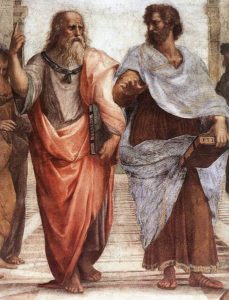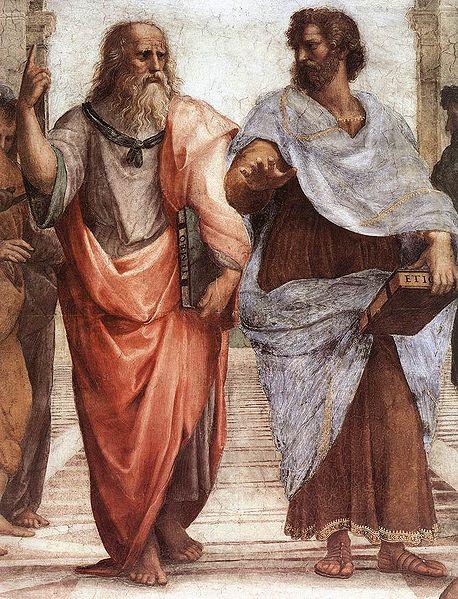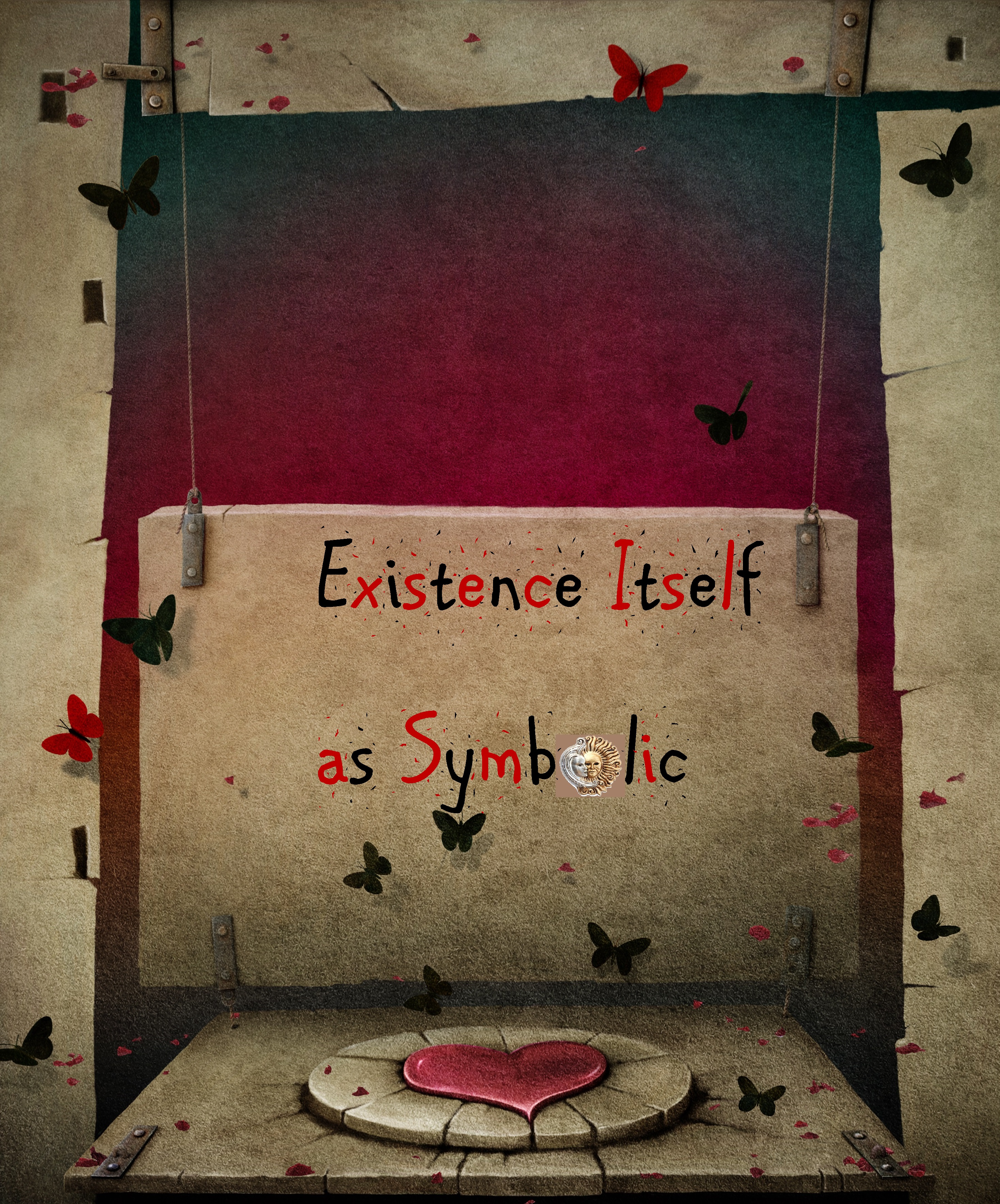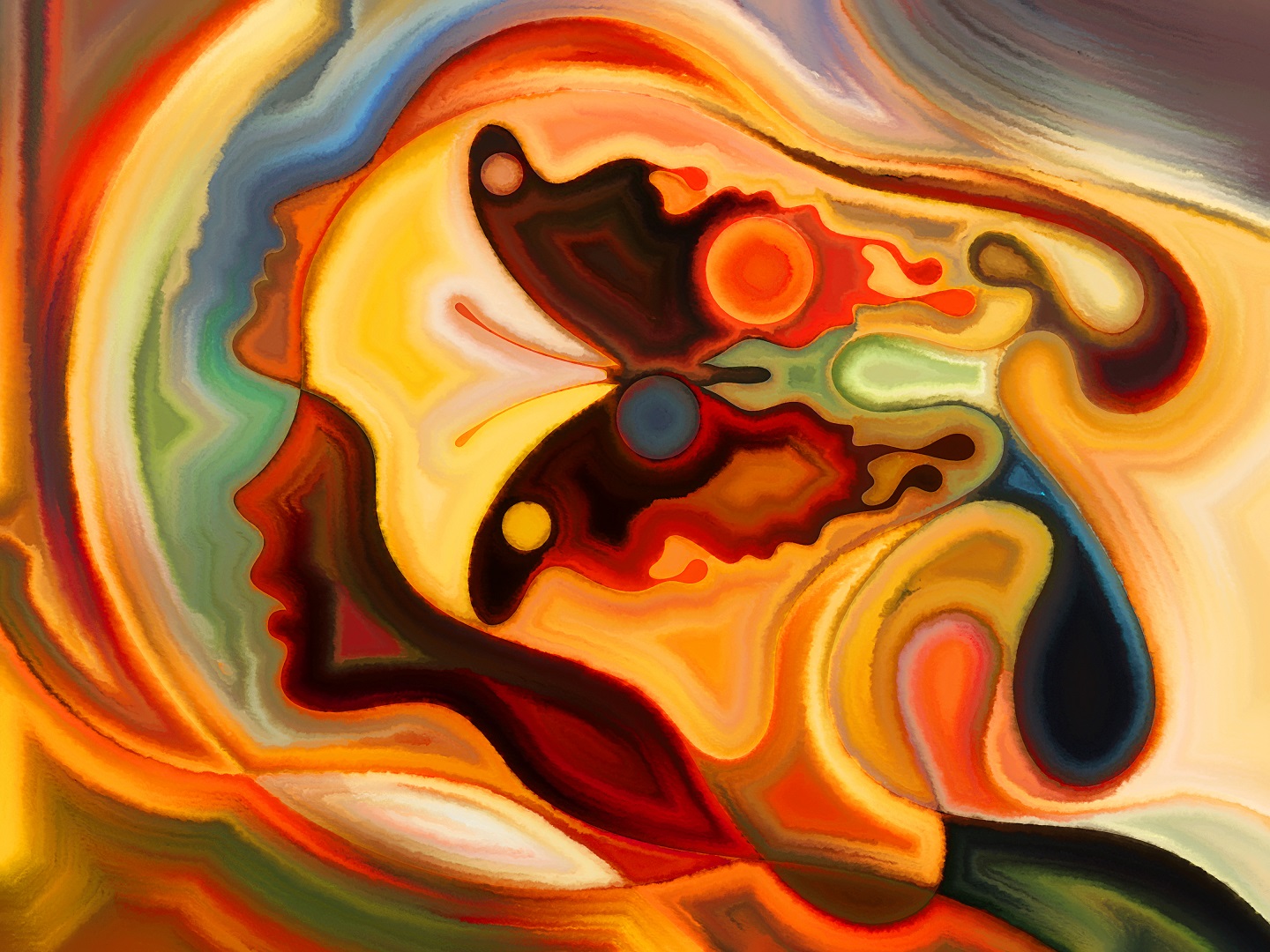
I’ve often wondered about the creative impetus that possessed Italian art, sculpture and architecture in the beginning of the fifteenth century in Italy and lasted until the seventeenth. This was well and truly an exciting time in the history of the human race for it remembered the incarnations of the numinous, all-pervading Great Mother Goddess before her demytholization into the lesser cultural canon of the Virgin Mary; it negotiated the reconciliation of heaven and earth after the two had been rendered incongruent and mutually exclusive by the Middle Ages; and, without a speck of doubt, reintroduced nudity and sexuality into the cultural milieus of Europe minus the shame that the congenital condition became associated with when Adam and Eve grew conscious of it in the Garden of Eden.
Men like Sandro Botticelli (1445-1510CE), Agnolo Bronzino (1503-72CE) and Raphael (1483-1520CE) who produced the masterpieces of the era experimented with natural colours and earth tones, with terra cotta browns, auburn reds and grass greens which they proceeded to marry with celestial blues and hermetic greys of wisdom in order to depict lively communion between the auto-generated spirit of eternity and the ever-fluctuating realm of matter. It was, among many things, a welcomed return to the classical cosmology of ancient Greece, a reacquaintance with the pre-Christian conception of created Nature as a colossal living organism equipped with its own senses and feelings, its own intangible awareness and its own soul. Johannes Kepler, himself an exponent of Renaissance idealism, captured this holistic and natural science best when he declared that the Earth was permeated by a vegetative animal force, a level of consciousness we humans might describe as sentience. This sentience, subtle and rudimentary to the entire cosmos, allowed it to respond to the changing aspects and angles enacted by other planetary bodies and heavenly constellations in geometrical fashion. No doubt this Pythagorean and Platonic cosmology that had so come to dominate the thinking and art of the times was more or less an unconscious insurrection mounted by the intellectual elite against a millennia-long suppression of psychological archetypes by the moral righteousness of the third century Church fathers. But why should materialism suddenly be supplanted by Platonic idealism, and more importantly still, why should it occur in the fifteenth century?
Anybody with a passing acquaintance with history would know that the scientific spirit has changed over time. Two consecutive centuries have rarely, if ever, embodied an identical epistemological basis when it comes to investigating the nature of reality. Religion has played a significant and leading role in all of this, particularly the self-proclaimed doctrine of Christianity which mediated over the sphere of conventional knowledge for nearly two millennia. After the progressive, multifaceted and laughter-loving theatre of late antiquity dropped its curtains before a shrinking and marginal audience, the localised stream of thought embodied by the Judeo-Christian tradition appropriated knowledge and allowed scientific investigation on grounds that it agreed to define causalities and natural phenomena purely in abstract and qualitative terms. This faithfully left to God the manner and method whereby spirit became matter and blindly entrusted to Him creation through the division of heaven and earth, as well as the amoebic splitting of male and female.
Occult idealism challenged the authority of the Christian Church because it refused to submit to the localisation of the Divine Mind; Aristotelian Scholasticism, on the other hand, precluded mention of spirit in its material rendition of reality (i.e. matter is primary and spirit secondary) and provided the perfect vehicle through which the curious could investigate the nature of the cosmos without straddling the line between inquiry and heresy. According to St. Augustine, intellectual curiosity was nothing more than a ‘lust of the eyes’. The order of the day was to accept what lingered on the surface the way a herd of sheep might accept their fate at the hands of their shepherd. Any investigations which sought to per under stones and interrogate the mysterious ways in which God worked, especially one hinged on an idealism that ran in a completely opposite direction to Biblical Genesis, was to attract to its practitioner the enmity of the church and culminate in excommunication and death.
Contrary to what has previously been thought about Platonic and Pythagorean idealism, this humanistic and natural science which spoke of intermingling and interconnected wholes was never lost to the medieval world, even when the alchemical, astrological and theurgical tenets associated with it became a Christian impiety of the highest order. Many scholarly works and commentaries were transcribed into Arabic after the coming of the Christian dispensation and preserved by the Moors of the Iberian Peninsula in an altogether more intellectually favourable climate up until the Late Medieval Era. Michael Psellos of Byzantium (1018-98CE) also contributed to the preservation and spread of Platonic idealism. He promoted the works of esteemed Neoplatonists of the calibre of Plotinus (204-70CE), Proclus (412-87CE) and Iamblichus (245-325CE), reasoning that alchemical esotericism fearlessly expressed a genuine path that facilitated reintegration and union with the divine aspect of the cosmos.
Honorius of Aaton, a twelfth century Christian theologian, encapsulated the complete system of thought indigenous to Platonic idealism through pictorial renditions of Creation. The illustrations themselves appear in a work called Clavis Physicae, or The Key to Nature in English and depict the Divine Mind projecting itself through the dimensional ladder that descends into the primordial Causes, its constituent daemons and the inert detritus or matter which lies at the very bottom. Clothed in a Christian patina, the World Soul or anima mundi that we call Nature is portrayed as a wholly active and conscious force that has acquired a life of its own through mercurial contact with the Divine Mind in the same manner that the moon acquires its dramatic luminosity in the star-spangled body of the night sky by means of reflected sunlight.
Thus in the survival of fragments of Neoplatonic manuscripts we see that the kernel of Platonic idealism was passed down through the royal and intellectual elite whilst waiting for its second inception into the greater community. Thankfully, the tradition didn’t really have to wait that long. After a brief absence from the scientific materialism of the Late Medieval Era, it found voice again when Florentine Cosimo de ’Medici (1389-1464CE) and his court scholar Marsilio Ficino (1433-99CE) began gathering texts that included the hermetic writings and the complete works of Plato and translating them into Latin from their original Greek. Aside from instigating the first leg of the humanist movement known as the Renaissance, the texts pointed to the existence of an awe-inspiring gnosis which, when learnt and applied correctly, culminated in the re-enchantment of Nature. In truth it was this uncanny ability of a Neoplatonic magus to bend Nature to his or her will that prompted the imaginative Florentine intellectuals to reject the soulless Aristotelian Scholasticism that had dominated the Middle Ages and embrace Plato as the embodiment of classical virtue.
Thus it wouldn’t be incorrect to say that the aspiring Florentine dictators found an intellectual ally and friend in Plato. Some twenty centuries beforehand this great philosopher instructed his disciples that society should be led by a philosopher-king, for the chances that a learned man would be self-serving, immortal and wholly malevolent were slim to none. These sentiments would have greatly appealed to the learned upstarts of imperial Italy who wished to be perceived as inheritors of the greatest philosophical traditions known to humanity. Ficino in particular so identified with Platonic cosmology as described in the Timaeus and Platonic ethics that he worked to expand the hierarchical order of daemons and the doctrine of correspondences intrinsic to Neoplatonic gnosis. On the whole, the creation of the Florentine Platonic Academy in 1450CE turned out to be a very successful venture.
We might ask how the Greeks developed the two opposing philosophies of idealism and materialism, the former hinged upon the emanation of matter from spirit and the latter adamant in its conviction that consciousness is merely a by-product of matter acting upon matter. The Greeks have always been a curious and seafaring peoples, and there is ample evidence to suggest that they were travelling to Egypt as early as the eighth and seventh centuries BCE. Their adventures in the land of the Nile would have brought them face to face with the Egyptian priesthood, and a great many Greek travellers would have been entrusted with intimate details of the Heliopolitan creation myth. The state myth makes use of a dramatic metaphor to descry how the universe came into being. It speaks of a primeval ocean of undifferentiated mass called Nun which existed for time immemorial before its self-generated vortices pushed up a mound of fertile silt. The silt in turn differentiated into a conscious and self-engendered creator god who proceeded to masturbate and ejaculate a pair of substances, air and moisture, from whence all created matter emerged. Being of an overtly curious and investigative disposition, the early Greeks would have brooded upon the homogenous substance of un-creation which the Egyptians defined as primeval chaos (χάος).They would have wanted to tear aside the metaphoric veil and know its true nature, an obsession which bamboozled the Ionian pre-Socratics for centuries on end.
Smyrna-born poet Homer stayed faithful to the Egyptian conception, describing the primordial substance as “River Ocean, a deep and mighty flood, encircling land and sea like a Serpent with its tail in its mouth.” Thales (c. 630-546BCE) visualized a flat earth floating atop a base substance which resembled a vast and desolate ocean. He too aligned himself with the view put forth by the Egyptian creation myths and Homer. Anaximenes of Miletos (584-28BCE) was the first philosopher to initiate a departure from the established convention, visualizing the base substance of the cosmos as a kind of vapor or air but not of the physical type. Meditating on the problem at hand, he reasoned that condensation of the primal substance produced physical air, water and earth while its rarefaction formed fire. His emphasis on transformation of one substance into another formed the foundation for Aristotle’s theory of matter which was henceforth absorbed into alchemical symbolism. Of all pre-Socratic philosophers it was a contemporary of Anaximenes in Heraclitus of Ephesus (535-475BCE) that probably came closest to the truth. Seeing that the active mover behind the rotation of the elements is fire, it made sense to him that the underlying cause of all phenomena must be an ethereal fire of sorts.
In the same period Pythagoras of Samos (570-495BCE) was placing an even strong emphasis on the fundamental interconnectedness of the cosmos and its emanation from the First Cause, the primordial One. He agreed with Heraclitus in that the primordial substance or receptacle of matter was probably an ether or intangible fire, but rendered the aeon-endeavor to discover its exact nature futile because the human intellect could only grasp the divine in qualitative terms. In the beginning, a benevolent and wholly spherical God (a sphere is a perfect shape) had initiated order and conferred beauty upon the created elements through harmonious proportions underpinned by mathematics, a language that was tangible, concrete, measurable and most importantly, comprehensible to the human intellect. Numbers could unlock the secrets of creation, and as it so happens that numbers are inexplicably related to structure and form. Defining the creative powers and the relationships between created bodies in mathematical terms turned the focus away from the exact nature of the androgynous One and onto its geometrical structure or form, a central concept in Platonic idealism which speaks of ideals, forms and archetypes that exist in a sphere of eternal “being”.
I will conclude today’s post with a few Platonic quotes.
“A hero is born among a hundred, a wise man is found among a thousand, but an accomplished one might not be found even among a hundred thousand men.”
“All men are by nature equal, made all of the same earth by one Workman; and however we deceive ourselves, as dear unto God is the poor peasant as the mighty prince.”
“Apply yourself both now and in the next life. Without effort, you cannot be prosperous. Though the land be good, You cannot have an abundant crop without cultivation.”









